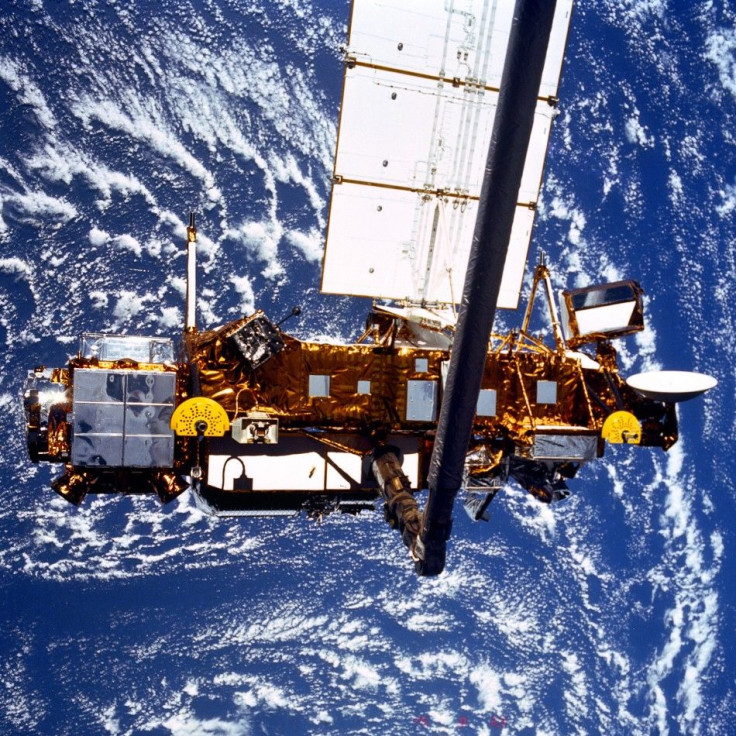Seven-Ton Space Junk, UARS Satellite Falling to Earth

NASA is expecting the seven-ton Upper Atmosphere Research Satellite (UARS) to re-enter Earth's atmosphere in late September or early October, about six years after the 35-foot-long and 15-foot-diameter satellite was decommissioned.
It’s going to be an uncontrolled fall, warned NASA scientists, saying that the spacecraft will break into pieces during re-entry, but not all of it will burn up in the atmosphere.
The Upper Atmosphere Research Satellite was deployed by the Space Shuttle Discovery (STS-48) on Sept. 15, 1991 to study Earth’s atmosphere. Now a junk, the satellite is falling from its orbit after serving for nearly 20 years.
“It is too early to say exactly when UARS will re-enter and what geographic area may be affected, but NASA estimates the debris footprint will be about 500 miles long,” officials said in a statement on Wednesday.
NASA is watching the satellite closely and taking all possible measures to inform the public to be aware of the falling space debris.
The risk to public safety or property is extremely small, and safety is NASA's top priority, NASA said.
“If you find something you think may be a piece of UARS, do not touch it. Contact a local law enforcement official for assistance,” it warned the public.
© Copyright IBTimes 2024. All rights reserved.











